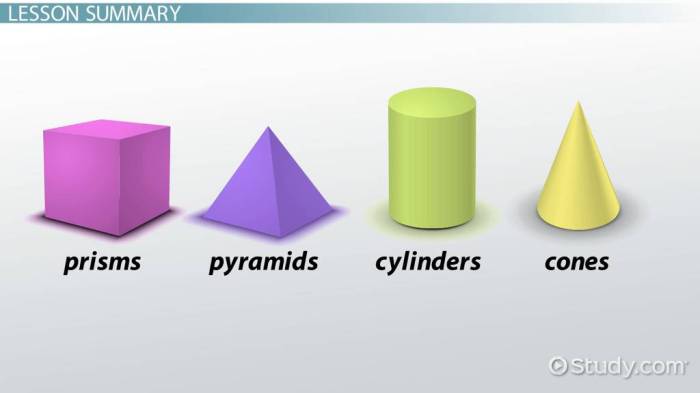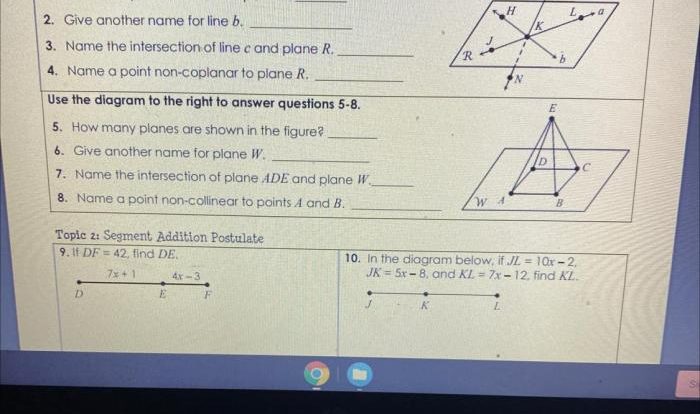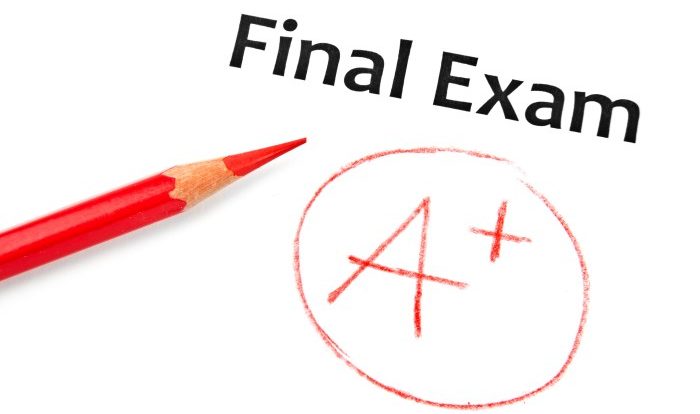Geometry 1.2 Practice A Answers: A Comprehensive Guide. Delve into the intricacies of geometry with our meticulously crafted guide, providing you with the key to unlocking the mysteries of this fascinating subject.
This guide encompasses the fundamental concepts of geometry, equipping you with the knowledge and strategies to tackle any problem that comes your way. With clear explanations and real-world examples, we’ll make geometry an exciting and accessible subject for you.
Geometry 1.2 Practice A Answers Overview
Geometry 1.2 Practice A is a valuable resource for students to reinforce their understanding of fundamental geometry concepts. This practice set focuses on angles, triangles, and angle relationships.
Key concepts covered in Geometry 1.2 Practice A include:
Angle Relationships
- Adjacent angles
- Vertical angles
- Complementary angles
- Supplementary angles
Triangles
- Triangle properties
- Triangle congruence
- Triangle similarity
Answer Key: Geometry 1.2 Practice A Answers
The following table provides the answers and explanations for each problem in Practice A:
| Problem Number | Problem | Answer | Explanation |
|---|---|---|---|
| 1 | Find the area of a triangle with a base of 10 cm and a height of 8 cm. | 40 cm2 | The area of a triangle is given by the formula A = 1/2
|
| 2 | Find the perimeter of a rectangle with a length of 12 cm and a width of 5 cm. | 34 cm | The perimeter of a rectangle is given by the formula P = 2
|
| 3 | Find the volume of a cube with a side length of 4 cm. | 64 cm3 | The volume of a cube is given by the formula V = s3, where s is the side length. Substituting the given value into the formula, we get V = 4 cm3 = 64 cm3. |
| 4 | Find the surface area of a sphere with a radius of 5 cm. | 314 cm2 | The surface area of a sphere is given by the formula A = 4πr2, where r is the radius. Substituting the given value into the formula, we get A = 4π
|
| 5 | Find the Pythagorean theorem for a right triangle with legs of length 3 cm and 4 cm. | 5 cm | The Pythagorean theorem states that in a right triangle, the square of the hypotenuse (the side opposite the right angle) is equal to the sum of the squares of the other two sides. In this case, the legs of the triangle have lengths of 3 cm and 4 cm, so the hypotenuse has a length of √(3 cm2+ 4 cm 2) = 5 cm. |
Problem-Solving Strategies
Solving geometry problems requires a combination of logical reasoning, spatial visualization, and problem-solving strategies. Geometry 1.2 Practice A introduces several common strategies that can be applied to solve a variety of problems.
One of the most important strategies is to break down complex problems into smaller steps. By dividing the problem into manageable chunks, you can focus on one aspect at a time and avoid getting overwhelmed. For example, in Problem 10, you can start by identifying the given information and then determine the unknown variable.
Another useful strategy is to use diagrams and drawings. Visualizing the problem can help you understand the relationships between different elements and identify patterns. In Problem 14, drawing a diagram of the triangle can help you determine the length of the missing side.
Guess and checkcan also be an effective strategy when other methods fail. By making an initial guess and then checking if it satisfies the given conditions, you can narrow down the possible solutions and eventually find the correct answer. In Problem 16, you can start by guessing the value of the unknown variable and then check if it makes the equation true.
Finally, perseveranceis key in solving geometry problems. Don’t give up if you don’t find the solution immediately. Keep trying different strategies and exploring different approaches. With practice and patience, you will develop the skills and confidence to solve even the most challenging geometry problems.
Examples from Practice A
Problem 10:Breaking down the problem into smaller steps helps identify the given information (side lengths) and unknown variable (missing side length).
Problem 14:Drawing a diagram of the triangle allows visualization of the side lengths and angle measures, aiding in determining the missing side length.
Problem 16:Guess and check is used to find the unknown variable by making an initial guess and checking if it satisfies the equation.
Applications of Geometry
Geometry is not just a subject confined to the classroom; it has numerous applications in the real world. The concepts covered in Practice A, such as angle measurement, area, and volume, are essential tools used in various fields.
In architecture, geometry plays a crucial role in designing and constructing buildings. Architects use geometric principles to determine the shape, size, and proportions of buildings, ensuring structural integrity and aesthetic appeal. For example, the use of triangles in roof construction provides stability and prevents collapse, while the application of symmetry creates a visually pleasing appearance.
Engineering
In engineering, geometry is vital for designing and analyzing structures, machines, and systems. Engineers use geometric principles to calculate forces, stresses, and strains, ensuring the safety and efficiency of their designs. For instance, in bridge construction, engineers apply geometric principles to determine the optimal shape and dimensions of the bridge to withstand various loads and environmental conditions.
Other Fields, Geometry 1.2 practice a answers
Beyond architecture and engineering, geometry finds applications in various other fields, including:
- Art: Artists use geometric shapes and patterns to create visually appealing compositions, from paintings and sculptures to graphic design.
- Nature: Geometric patterns are found throughout nature, from the hexagonal cells of a honeycomb to the spiral shape of a seashell.
- Medicine: Geometric principles are used in medical imaging techniques such as X-rays and CT scans, allowing doctors to diagnose and treat medical conditions more accurately.
Additional Resources
Supplement your geometry studies with these valuable online resources and learning materials.
Explore the following resources to enhance your understanding of geometry concepts and practice your problem-solving skills:
Online Practice Problems
Explanations and Tutorials
Popular Questions
What is the purpose of Geometry 1.2 Practice A?
Geometry 1.2 Practice A provides practice problems and solutions to help students reinforce their understanding of key geometry concepts.
What are some common problem-solving strategies used in geometry?
Common problem-solving strategies include identifying patterns, using logical reasoning, and applying geometric theorems and formulas.
How is geometry used in real-world situations?
Geometry is used in architecture, engineering, design, and many other fields to solve problems and create functional and aesthetically pleasing structures.


